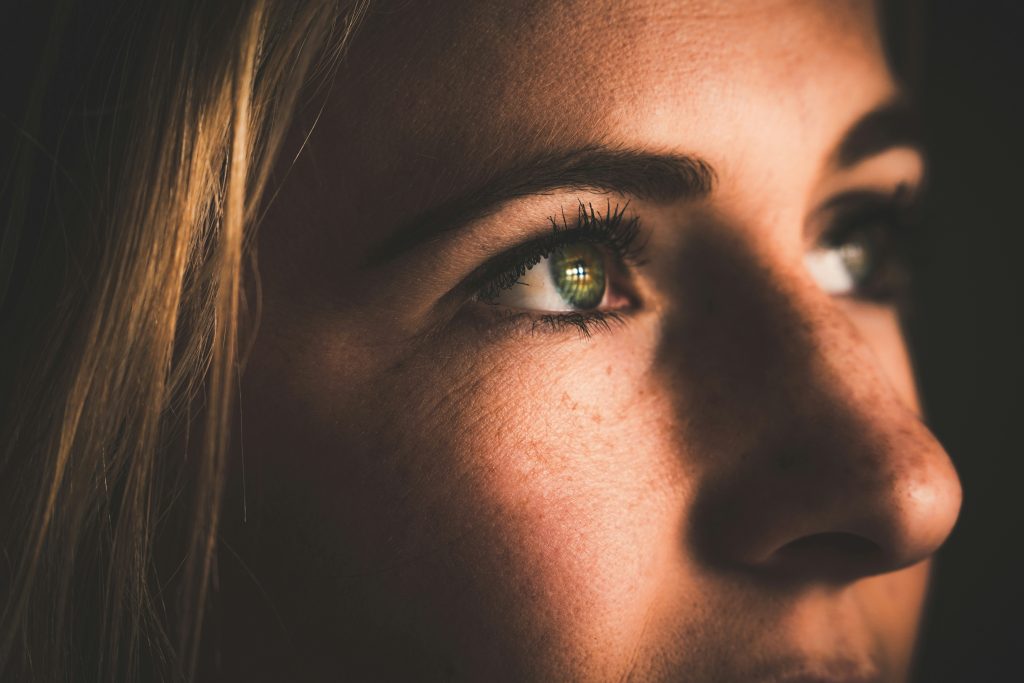Common Eye Health Myths and What You Can Really Do to Improve Your Vision
Photo by Eric Ward on Unsplash
Many of us grow up hearing tales about eye health—don’t sit too close to the TV, eat your carrots, or your vision will get worse. These common myths have been passed down for generations, shaping how we think about protecting our eyes. But how much truth lies in these warnings? When maintaining a healthy vision, it’s essential to separate fact from fiction.
Imagine believing in outdated advice, only to find out you’ve been ignoring the real habits that could improve your eye health. Whether relying on quick fixes or overlooking key lifestyle changes, many people aren’t doing enough to protect their eyesight. Eye care is more important than ever in a world where we spend so much time staring at screens.
At Nevermore Lane, we want to help you understand what actually works. With the right information, you can make the best decisions for your eye health and protect your vision for years. Let’s dispel the myths and focus on what truly matters for your sight.
Myth 1: Reading in Low Light Will Ruin Your Vision
Reading in low light might tire and strain your eyes, but it won’t lead to long-term vision problems. Your eyes are designed to adjust to varying light conditions, and while it might be uncomfortable to read in poor lighting, it’s not harmful.
What You Can Do Instead: If reading in low light makes your eyes tired, try increasing the brightness. A good reading lamp with a focused beam can make a difference. Take breaks while reading to reduce strain—practice the 20-20-20 rule: every 20 minutes, look at something 20 feet away for 20 seconds. This will help relax your eye muscles and reduce fatigue.
Myth 2: Eating Carrots Will Improve Your Vision
While vitamin A is essential for vision, eating excess carrots won’t give you superhuman eyesight or improve your vision if it’s already impaired.
What You Can Do Instead: A balanced diet with various nutrients is the key to healthy eyes. Foods rich in omega-3 fatty acids, like salmon and flaxseeds, help protect against dry eye. Leafy greens like spinach and kale are high in lutein and zeaxanthin, antioxidants that can reduce the risk of age-related macular degeneration. Berries and citrus fruits provide vitamin C, which supports healthy blood vessels in your eyes. Focus on a diet rich in these nutrients rather than relying on carrots alone.
Myth 3: Wearing Glasses or Contacts Weakens Your Eyes
This is a myth. Glasses and contacts correct your vision by compensating for the shape of your eyes or other optical imperfections. They don’t change or weaken your actual eyesight.
What You Can Do Instead: If you’re experiencing eye problems, don’t be afraid to use glasses. But don’t buy just any glasses; it’s recommended to see a top eye doctor near you to assess your condition and prescribe the proper corrective lenses. Sometimes, they may even proffer another solution or suggest surgery to fix your eye problems permanently. The bottom line is that prescribed glasses aren’t wrong for your eyes.
Myth 4: Eye Exercises Can Improve Your Vision
Eye exercises are sometimes promoted as a natural way to improve vision, but there is no scientific evidence to support these claims.
What You Can Do Instead: If you’re concerned about your vision, consult an eye doctor near you. As mentioned earlier, glasses, contact lenses, or even surgery are the best solutions for some people. Don’t rely on eye exercises to improve your vision.
Myth 5: You Don’t Need Regular Eye Exams If You Can See Fine
This isn’t advised. Some eye conditions, like glaucoma or macular degeneration, can develop without noticeable symptoms in the early stages.
What You Can Do Instead: Make eye exams a routine part of your health care, even if you don’t notice any vision problems. Most adults should have an eye exam every two years, but if you have risk factors like diabetes or a family history of eye diseases, you may need more frequent checkups.
Myth 6: Staring at a Screen Will Permanently Damage Your Eyes
Spending long hours in front of a computer or phone screen won’t cause permanent damage to your eyes, but it can lead to digital eye strain, also known as computer vision syndrome.
What You Can Do Instead: To combat digital eye strain, follow the 20-20-20 rule mentioned earlier and blink more often to keep your eyes moist. If you spend significant time on digital devices, you can also consider using blue light filters on your screens or getting glasses with blue light protection.
Myth 7: Only Older People Need to Worry About Eye Health
While it’s true that certain eye conditions become more common as you age, eye health is essential at every stage of life. Conditions like dry eye, computer vision syndrome, and eye strain affect people of all ages.
What You Can Do Instead: Prioritize your eye health regardless of age. Encourage kids to take breaks from screens and get outside to play. Adults should manage their screen time and protect their eyes from UV rays. If you experience any changes in your vision, don’t wait—see an eye doctor.
Breaking the Myths and Embracing Real Eye Health
Getting caught up in common misconceptions about eye health is easy, but understanding the facts can lead to better care and long-term vision protection. Dispelling myths like the idea that sitting too close to the TV permanently damages your eyes or that wearing glasses weakens your eyesight helps shift the focus to what truly matters: proper care, routine checkups, and eye-healthy habits.
You can take proactive steps toward improving and preserving your vision by embracing effective strategies like a balanced diet, regular eye exams, and taking breaks during screen time. Prioritizing eye health is not just about maintaining sight—it’s about fostering overall wellness for years to come.





